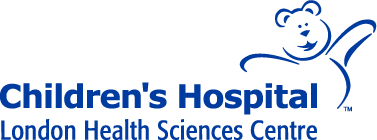Details
tobramycin
Indication
- An aminoglycoside used to treat documented or suspected Gram-negative sepsis and meningitis
- Has better activity against Pseudomonas species than gentamicin
- Treatment of ophthalmic infections caused by Gram-negative bacteria or Staph aureus
Dosage Guidelines
- IV/IM
Postnatal Age | Post Menstrual Age | Dose |
0 to 7 days | Less than 35 weeks | 3 mg/kg/dose IV/IM q24h |
Greater than or equal to 35 weeks | 3.5 mg/kg/dose IV/IM q24h | |
Greater than 7 days | Less than or equal to 26 weeks | 3.5 mg/kg/dose IV/IM q24h |
27-32 weeks | 3.5 mg/kg/dose IV/IM q18h | |
Greater than 32 weeks | 3.5 mg/kg/dose IV/IM q12h |
- Ophthalmic Ointment: Apply 0.5-1 cm of ointment to conjunctival sac of each eye q8-12h
- Ophthalmic Drops: Instill 1-2 drops into each eye q2-4h
Administration
- IV intermittent slow infusion over 30 minutes
- IM (if no IV available)
- Ophthalmic
Adverse Effects
- Ototoxicity
- Nephrotoxicity
Comments
- Monitor urine output, renal function (serum creatinine, urea)
- Administration with furosemide and vancomycin may cause additive oto/nephrotoxicity
- Prolong dosing interval in renal impairment or consider using cefotaxime
- Neuromuscular blockage and respiratory failure may be compounded if treating with rocuronium or other muscular blocking agents
- Hold tobramycin levels if planning to discontinue antibiotics pending negative 48hr blood culture. If treatment is planned for more than 48 hours, draw serum levels pre and post the 3rd dose. Draw the pre-level (trough) just prior to administering the dose. Draw the post-level (peak) 30 minutes after the infusion is finished.
- Target trough concentration is less than 1.4 mg/L and target peak concentration is between 6 – 10 mg/L.
Supplied As
- 10 mg/mL vial
- 10 mg/mL patient specific syringe, prepared by Pharmacy
- 0.3% Ophthalmic ointment/drops
